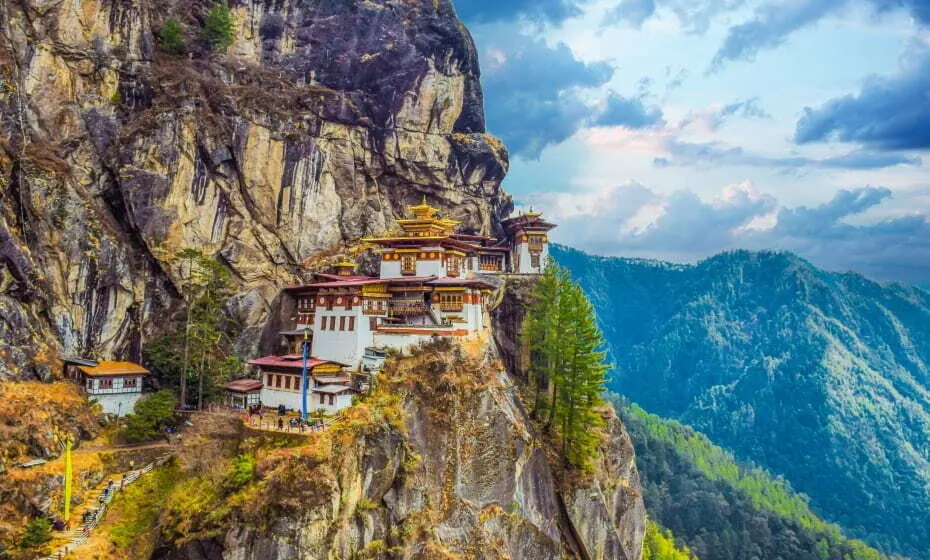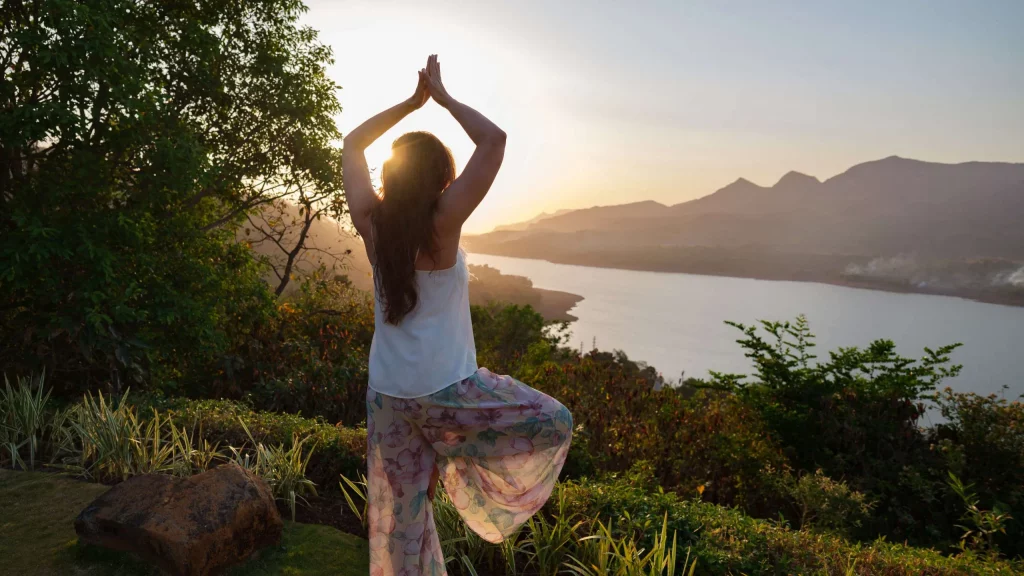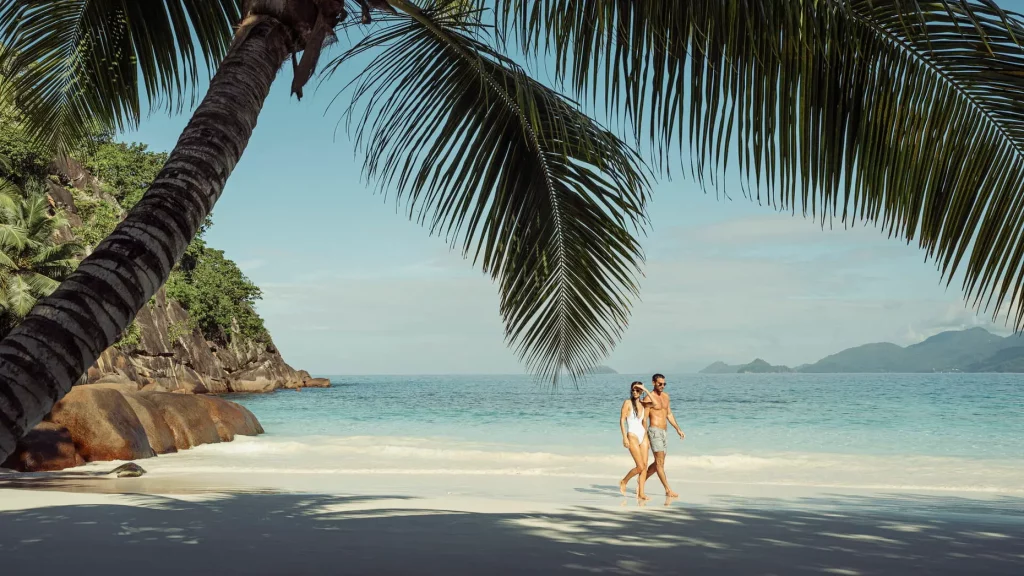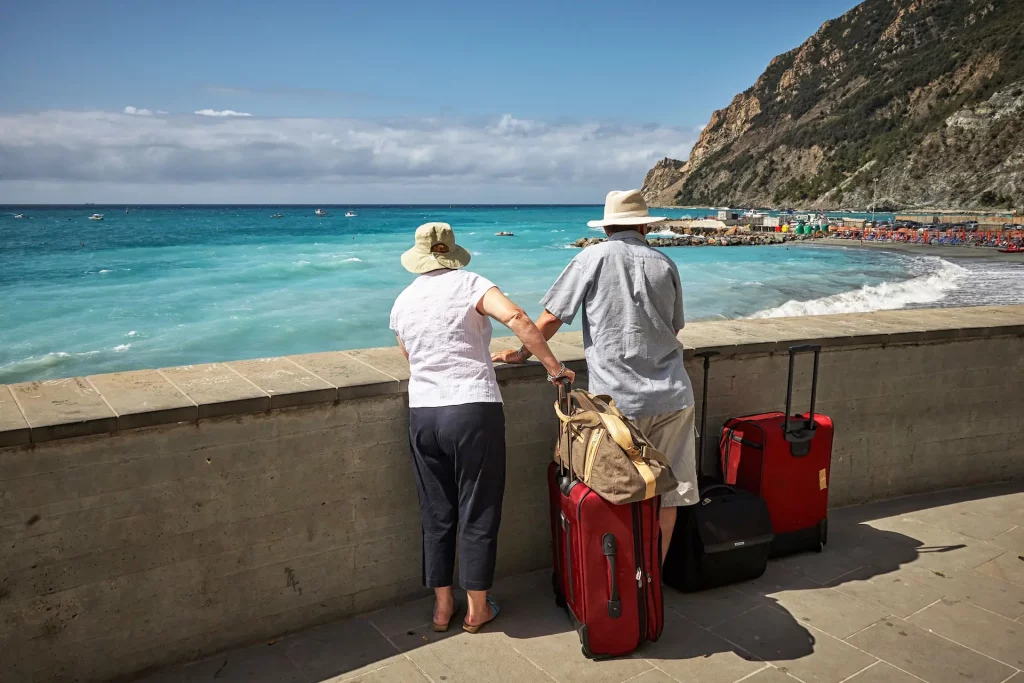-

Complete Bhutan Travel Guide: Everything You Need to Know Before You Go
If you’re dreaming of a serene escape into the Himalayas with unspoiled nature, ancient monasteries, and a deep sense of peace, Bhutan is the perfect destination. Known as the “Land of the Thunder Dragon,” this small Buddhist kingdom is famous for prioritizing Gross National Happiness over GDP, preserving its cultural heritage, and protecting its natural…
-

India Travel Guide and Inspiration: Discover the Magic of the Subcontinent
India is not just a country—it’s an emotion. A land of contrasts, colors, and cultural depth, India offers travelers an unforgettable journey through time, nature, spirituality, and diverse traditions. Whether you’re a backpacker seeking budget adventures or a luxury traveler craving regal experiences, India has something extraordinary for everyone. In this comprehensive India travel guide,…
-

Sports Tourism in India: A Rising Powerhouse of Athletic Adventures
Introduction: The Rise of Sports Tourism in India India is experiencing a tourism revolution, and sports tourism is fast becoming a game-changer. No longer confined to just cricket stadiums or occasional marathons, the Indian subcontinent is embracing diverse sports—from Formula 1 and football to kabaddi and adventure races. Sports tourism in India is not only…
-

Reconnect with Yourself: Top Digital Detox Retreats in India
In today’s hyper-connected world, we are constantly bombarded with notifications, emails, messages, and social media updates. While technology has undoubtedly made life easier, it has also increased our stress levels, disrupted our sleep, and shortened our attention spans. A digital detox is a powerful way to break free from this cycle and regain balance. And…
-

Seychelles Honeymoon Guide: Paradise for Two
Nestled in the heart of the Indian Ocean, Seychelles is an archipelago of 115 islands, each flaunting powder-white sands, turquoise waters, and lush greenery. For newlyweds seeking a blend of tropical luxury, seclusion, and adventure, Seychelles is more than just a honeymoon destination—it’s a dreamscape come to life. This comprehensive guide will walk you through…
-

Vietnam Honeymoon Guide: The Ultimate Romantic Escape
Vietnam is a land where ancient traditions blend seamlessly with breathtaking landscapes and vibrant cultures. Nestled in the heart of Southeast Asia, this country offers a perfect mix of romantic serenity, exotic adventures, and affordable luxury—making it one of the most underrated yet stunning honeymoon destinations in the world. From idyllic beaches and lush green…
-

The Best Cruise Destinations in Asia: A Voyage Through Culture, Nature, and Adventure
Asia is a vast continent bursting with diversity — from ancient temples and bustling metropolises to tranquil beaches and lush rainforests. For travelers who crave a blend of cultural exploration, natural beauty, and luxurious relaxation, cruising through Asia offers a one-of-a-kind adventure. Whether you’re sailing the turquoise waters of Southeast Asia or exploring the dynamic…
-

Popular Cruise Destinations in the World: The Ultimate Guide
Cruising is one of the most luxurious and relaxing ways to explore the world. Whether you’re gliding through the pristine waters of the Caribbean, navigating the majestic fjords of Norway, or marveling at glaciers in Alaska, cruises offer a unique blend of adventure and comfort. With countless ports of call across the globe, choosing your…
-

Gifting Your Parents a Holiday Package in India: A Journey of Love and Gratitude
In the fast-paced whirlwind of our daily lives, we often overlook the people who have quietly shaped our world—our parents. They are the ones who sacrificed vacations, personal goals, and at times, their own comforts, just to ensure we had a better life. While no gift can ever truly match their love and dedication, there’s…
-

Importance of Cleanliness in Indian Tourism
Cleanliness plays a crucial role in enhancing the appeal and sustainability of Indian tourism. India, known for its rich cultural heritage, diverse landscapes, and historical monuments, attracts millions of domestic and international tourists each year. Here are key reasons why cleanliness is essential in Indian tourism: 1. Enhances Tourist Experience 2. Protects Cultural and Historical…
Category: Destinations
Search
Categories
- Beach Tourism (48)
- Camping (20)
- Destinations (117)
- Domestic Holidays (20)
- Ecotourism (35)
- Food (4)
- Heritage Sites (28)
- Holidays (33)
- International Holidays (27)
- Karnataka Tourism (17)
- Kerala Tourism (7)
- Luxury Hotel (13)
- Places to visit (68)
- Things To Do (73)
- Travel (118)
- Vacation (45)
- Weekend Getaways (34)
- Wellness Holiday (13)
- Workation (3)